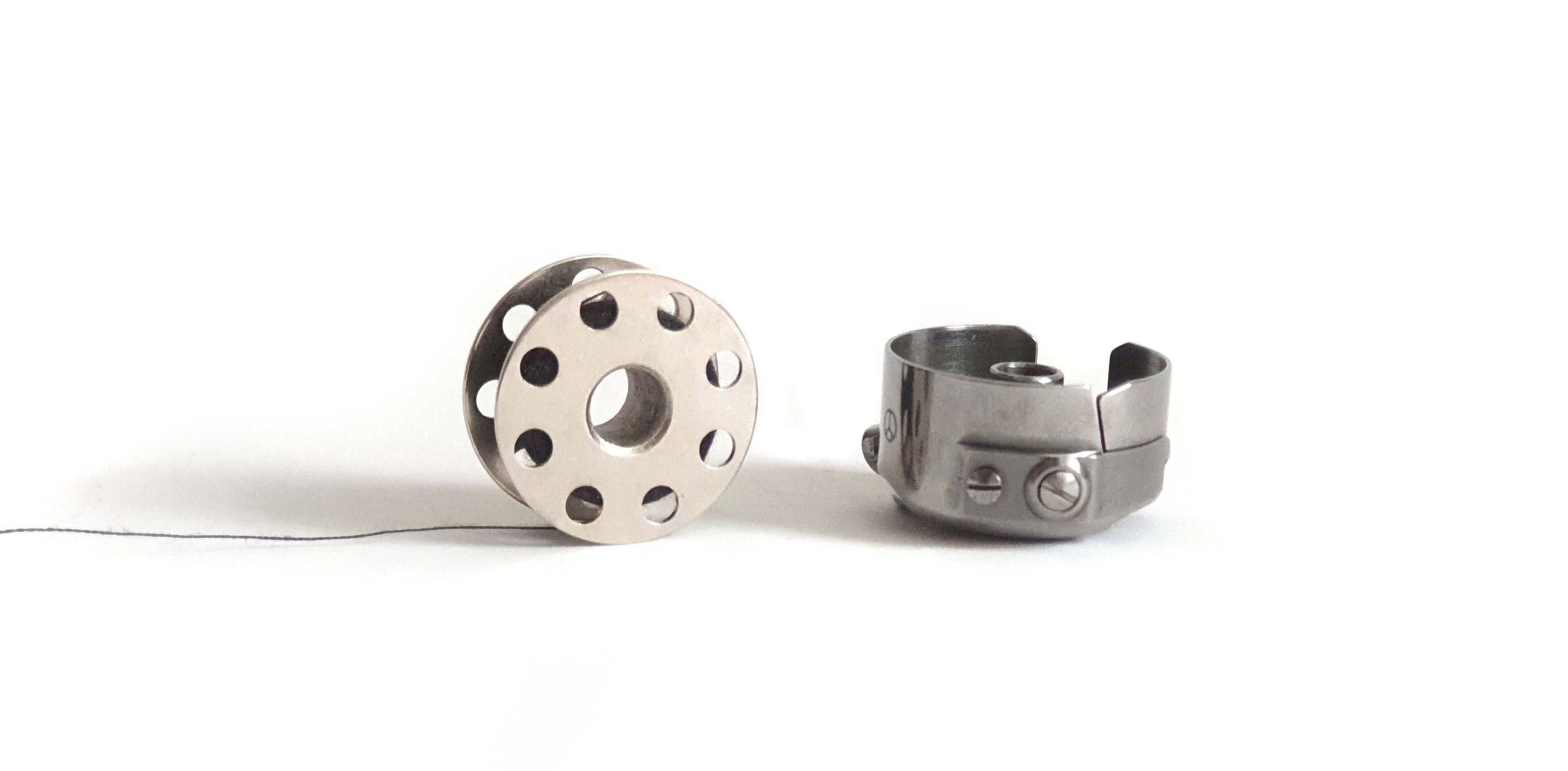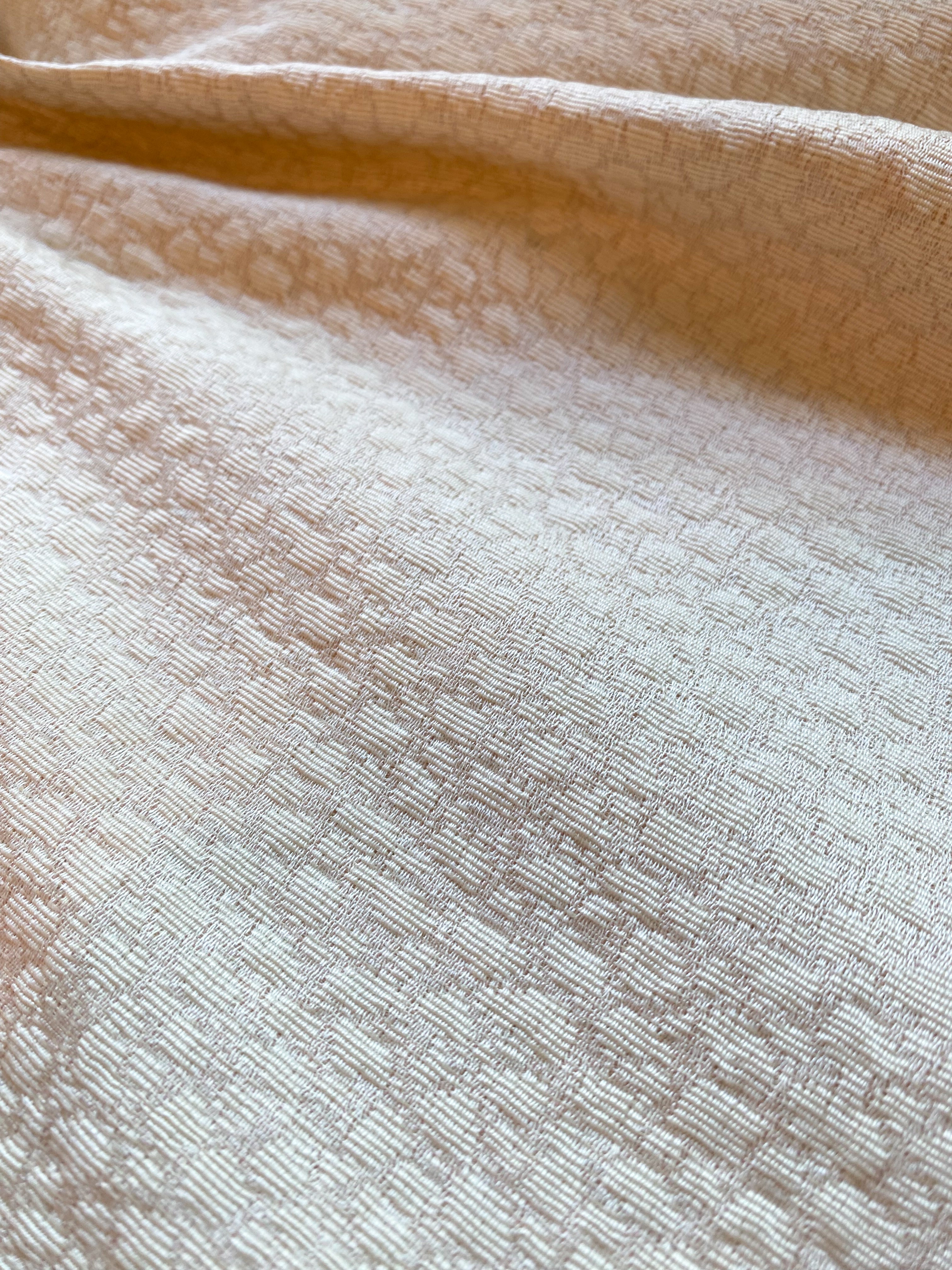Are you also interested in what material your fabric is made of? Especially when you buy fabrics by the meter and have forgotten to look at the fabric label or the fabric has simply been on the shelf for a long time, you often no longer know what material it was made of. Or maybe you just want to check whether the manufacturer's information is really correct. After all, knowing what fiber raw material your fabric is made of can tell you a lot about the properties and care of your fabric. But of course it also makes a difference in price whether your fluffy fabric is made of wool or polyacrylic, for example.
So it's lucky that we have the "brilliant" idea for you: Why not try a firing test! With our tutorial, you too can easily become a fabric expert!
What can a burn test tell us?
In the context of this question, it is worth taking a closer look at the different fibers:

There are basically two different types of fibres: natural fibers and man-made fibres. These large main groups can in turn be subdivided. As can be seen in the overview, natural fibers include plant fibers such as cotton, linen or hemp and animal fibers such as wool and silk. In fact, there are also chemical fibers that are made from plants, such as viscose, modal or lyocell (also known as Tencel). These are called cellulose man-made fibers because their starting material is cellulose obtained from wood or bamboo. But there are also synthetic chemical fibers made from petroleum, such as polyester, polyacrylic, polyamide (better known under the brand name nylon) or elastane.
If we now want to know from which fibers our fabric was made, we can use the burn test to find out whether the fabric consists of plant fibres, animal fibres, cellulose or synthetic chemical fibres. The flame, the combustion, the smell and the residue are decisive here.
Doesn't that sound super easy? Unfortunately not quite. With mixed fabrics that are not made from 100% one and the same fibers, it is difficult to distinguish the individual elements. The same applies if the fabric has gone through any finishing processes.
But enough of the theory, after all we don't want to lose the thread: Here we go!
Safety measures

Since we work with fire, a few safety tips beforehand:
- Check your surroundings and make sure there is nothing flammable around you. Take care of your hair and clothes too!
- Synthetic chemical fibers in particular, such as polyester or polyacrylic, could drip when burning, so it is best to carry out the burning test on a fireproof surface or base.
- Conduct the test in a draft-free environment to control the flame.
1st step
First you pull a thread out of your fabric/pattern. With woven fabrics, the warp and weft can be made from different raw materials, so it's best to check both threads.


2nd step
Hold one end of the thread with tweezers and carefully light the other end with a lighter. (Slowly move the flame towards the thread) Watch closely the reaction of the fiber and the flame. After the flame has gone out, you can smell the burnt thread and look at the residue. You can also try to rub the residue between your fingers.
In the following pictures you can see the different residues of natural and chemical fibers:

(vegetable fibre/ cellulose chemical fibre)

(animal fiber)

(synthetic chemical fiber)
evaluation of results
But what does what mean now?
- Plant-based natural fibers and cellulosic man-made fibers (except acetate) behave in the same way in the fire test because - as we now know - they are based on the same raw material, namely cellulose. The fibers are generally highly flammable. The flame lights up brightly and continues to glow after the flame has gone out. Both fibers smell like burnt paper and leave a light gray ash that flies away easily. (So if you still want to find out whether your fabric is cotton or viscose, for example, you can use the feel and/or do a so-called wet tear test. Fabrics made of plant fibers are stronger and have more stability, while cellulose man-made fibers have a flowing character.Take another thread from your fabric, wet it and test how easily you can tear it.Cotton, linen or hemp are very difficult to tear when wet, while rayon or modal tear much more easily and quickly. )
- Natural animal fibers are based on protein, which is why the fire test also smells like burnt hair. The fiber burns slowly with a sizzling flame and the residue is easily crushed.
- You should recognize chemical fibers immediately, because they melt more than they burn and shrink. What remains is an unpleasant, acrid odor and a hard residue that cannot be crushed.
So that you can evaluate your firing test quickly and easily, we have put together a table with all the essential fibers and the respective results at a glance:




